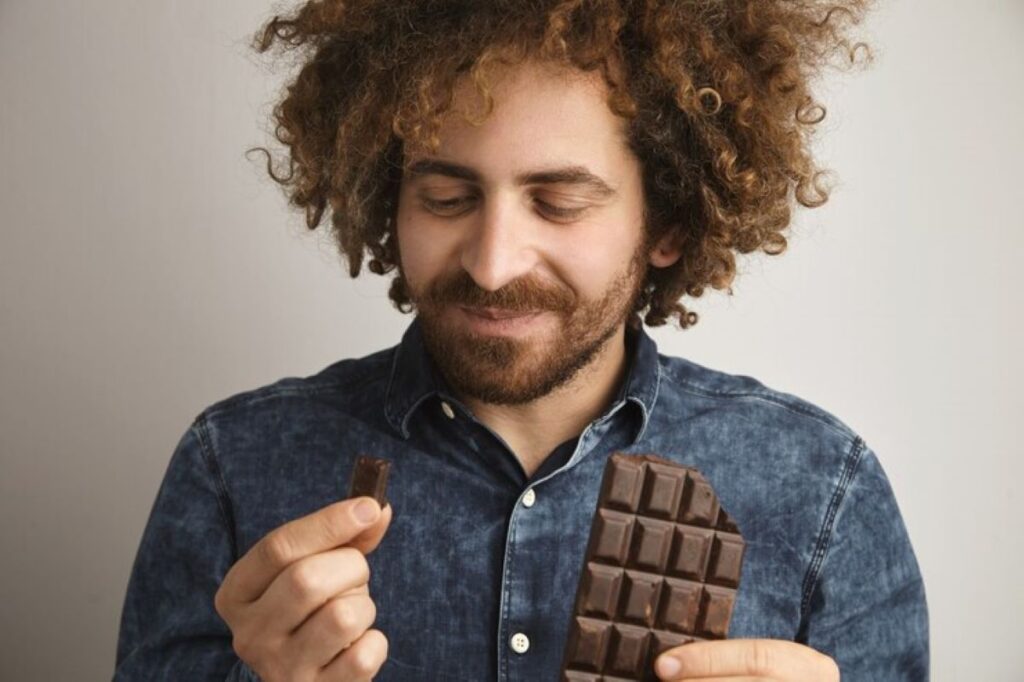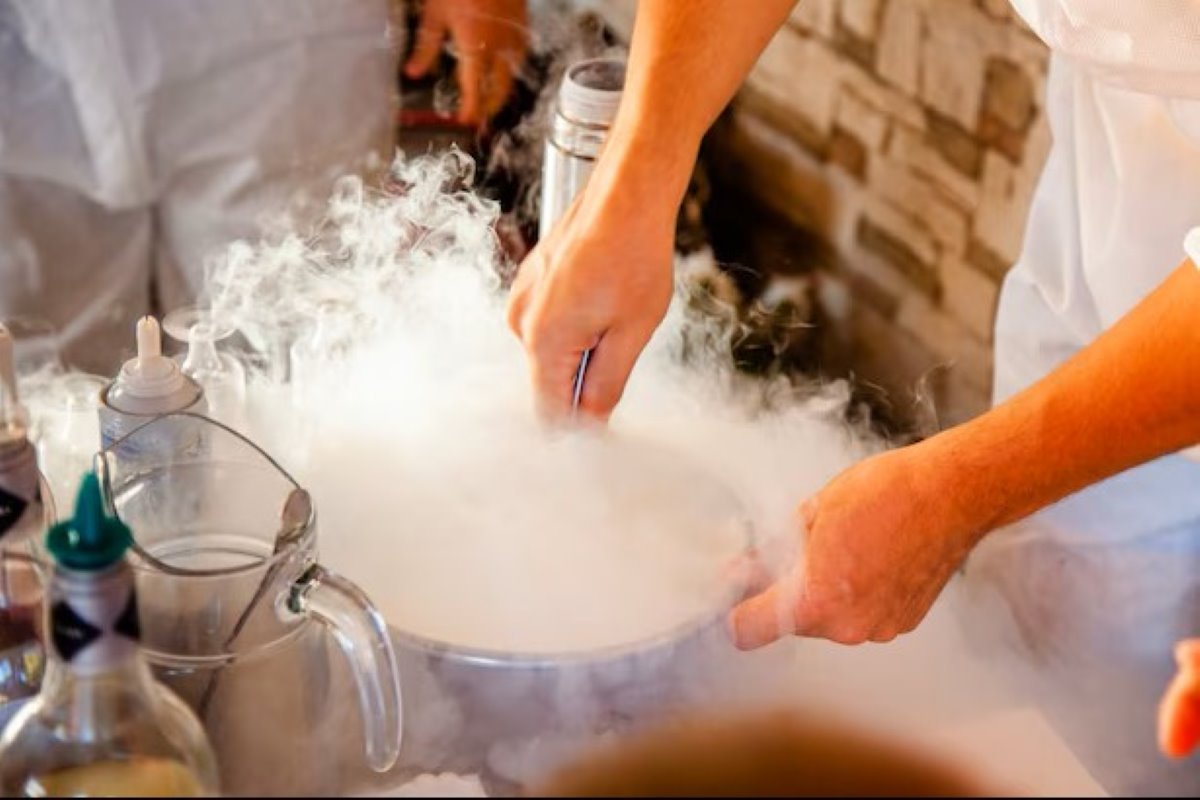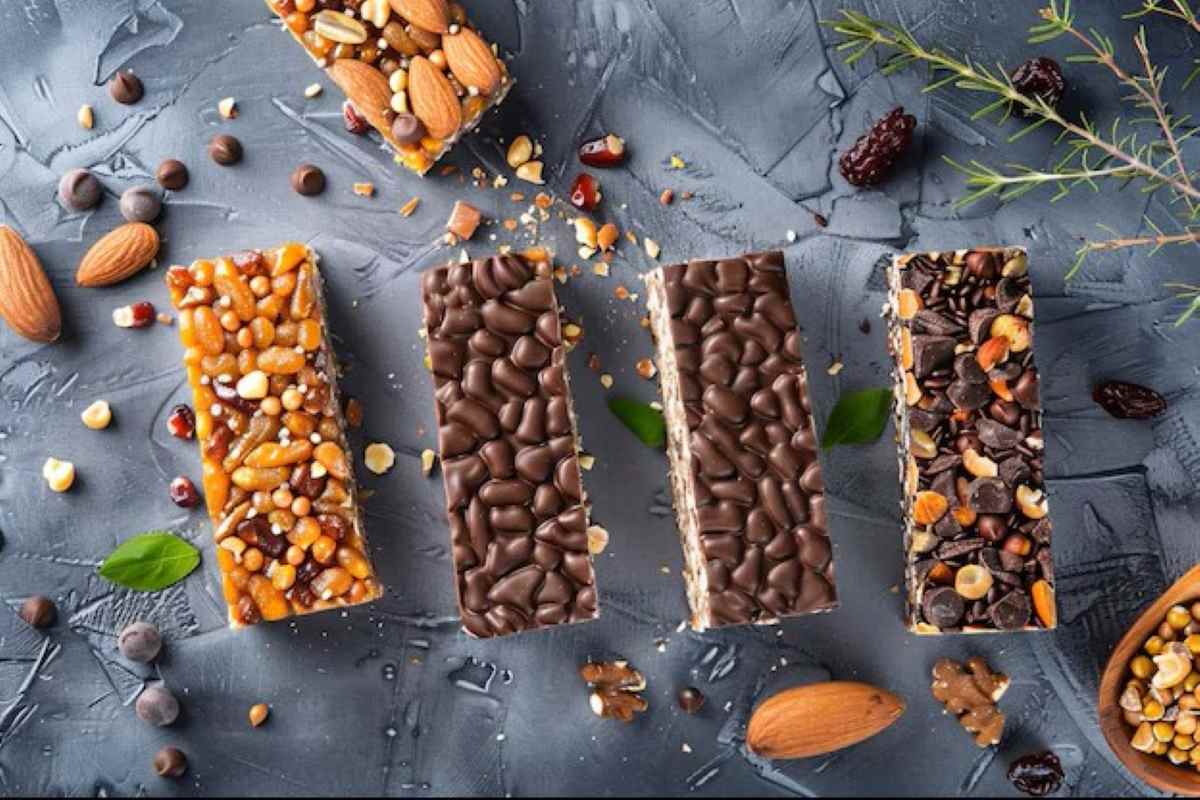How did chocolate cravings become a serious health concern for some folks? Some people exhibit an almost addictive desire for certain food products. Consequently, food cravings psychology has become a subject of scientific research to identify its motivating factors.
Hunger is not necessarily the trigger of occasional or recurrent food cravings. Environmental influence, emotions, or biology are some of the factors that may individually or collectively influence food cravings. So, this piece will explain why we crave chocolate, in particular, and the role of our brain in the entire affair.
Furthermore, this piece will sandwich the discussion with research-based evidence of relationships between food and the brain. We shall also bust myths and set forth facts and potential side effects of food cravings.
What Are Food Cravings, Really?
Hunger is the body’s natural notification mechanism to indicate it needs more fuel to keep going. When you’re hungry, any food that meets the basal need of supplying vitality to the body is good enough. That’s not the case with food cravings.
Cravings, on the contrary, are a desire to eat a specific type of food. This plays out when, for example, you have chocolate cravings; no other food will suffice. So, the cravings vs. hunger discussion reveals that finishing a juicy and large steak is possible while still craving some whipped coffee.

Interestingly, there are multiple types of cravings to which people may be susceptible. They are:
1. Emotional Cravings
This category of craving is often dependent on the subject’s emotional state. Circumstances of celebration, boredom, distress, or sadness may trigger an emotional impulse that makes a person crave a certain food. For example, a person who has recently lost a loved one may suddenly feel an urge to eat a street food they used to eat with the deceased. Similarly, a celebratory mood could make a person crave wine.
2. Habitual Cravings
Individuals may crave an item if they find themselves in a place or scenario similar to some familiar routine. For example, going to a pub with a friend may trigger a craving for a specific drink. Also, always having chocolate cravings after dinner or being restless at the movies because you don’t have a bucket of popcorn may be a learned behavior.
3. Hormonal Cravings
This type of craving is more prominent among women. Why? Because their biological cycles expose them to frequent hormonal fluctuations. Consequently, premenstrual stress (PMS), pregnancy and menopause may prompt a craving for certain foods. For example, some studies suggest that women may experience intense chocolate cravings due to the serotonin fluctuations during PMS.
4. Addictive or Hedonic Cravings
In recent years, Big Food chains have mastered the art of formulating products that rig the brain, making consumers repeatedly ask for more. Such trends are sometimes observed with commercial desserts, ultra-processed snacks and fast foods. Interestingly, some of these foods are very sweet, but are touted as low-calorie, thanks to artificial sweeteners. Consequently, these products that proverbially let you ‘eat your cake and have it’ create a vicious loop of craving.
ALSO READ: Trending Food Innovations in 2025: What’s Disrupting the Industry Right Now
Why Chocolate? The Brain’s Sweet Spot
Chocolate cravings may fall under any of the types discussed earlier, depending on the culpable trigger. However, a factor that makes chocolate pop up regularly in survey results about food cravings is its chemical makeup. Chocolate contains sugar, fat, theobromine, caffeine and phenylethylamine. This chemical profile of chocolate often orchestrates a sugar and dopamine response in consumers.

With frequent and continued consumption, chocolate may induce emotional eating triggers and psychological hunger. As sugar and dopamine are likely to induce sugar addiction and dependency, chocolate and serotonin may result in addiction to the cocoa product.
Hormones and Cravings
Let us briefly discuss the relationship between food and the brain. If you’re wondering what dopamine and serotonin are, permit us to give a brief explanation. Dopamine is often called the ‘happy hormone’ and is the major neurochemical linked to the brain’s reward system. Dopamine is responsible for the multiple forms of addiction in many people. While overindulgence in sweet products may be unhealthy for consumers, dopamine is a key explanation for why people still crave these sugary products.

Chocolate and serotonin are responsible for similar emotional eating triggers as found in sugar and dopamine. Serotonin is a hormone responsible for mood regulation, calmness and well-being. Though chocolate does not contain the mood-regulating amino acid, it helps initiate its production by converting tryptophan to serotonin in the brain. So, it is little surprise that women experiencing PMS sometimes end up experiencing psychological hunger for chocolate.
There are very few foods that contain both dopamine and a precursor of serotonin, and chocolate tops the list. So, next time you find your girlfriend binge-eating dark chocolates, they may be experiencing PMS or something else causing a bout of depression in them.
ALSO READ: The Hidden Dangers of Artificial Sweeteners: What Science Says About Sugar Substitutes
How to Handle Chocolate Cravings Smartly
Chocolates, particularly dark ones, can be a healthy snack in moderate amounts. However, whenever a hormonal rush triggers psychological hunger or chocolate cravings, it is still possible to check the situation.
According to the Harvard School of Public Health, you can try out the following tips to check inordinate chocolate cravings:

- Drink water first
Sometimes, we confuse a simple signal to hydrate as hunger pangs or a craving. So, drink some water first, and the craving might just fizzle away.
- Get your dopamine from other sources
While it is easy to get a steady supply of dopamine and serotonin from food like chocolate, it is better to get them from less health-threatening alternatives. Indeed, activities like going for a walk, dancing or having a hearty conversation that makes you ‘LOL’ may supply a similar amount of the rewarding neurotransmitters.
- Practice mindful eating
Next time you suspect hints of chocolate cravings, identify what motivated the craving. If you find the craving was triggered by hunger or boredom, have an actual meal or distract yourself with some productive activity.
- Dislodge habitual cravings with new habits
If your chocolate cravings are recurrent and you’ve habitually used emotional eating as a panacea, try replacing that scenario with a new habit. Preferably build a habit that takes your mind off the chocolate binging option.
The journey towards addressing food cravings starts by acknowledging its existence and finding a balance. So, it’s okay to crave chocolate, but use the tips we proffer to check excessive consumption.











